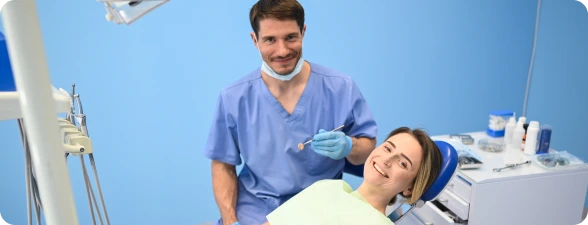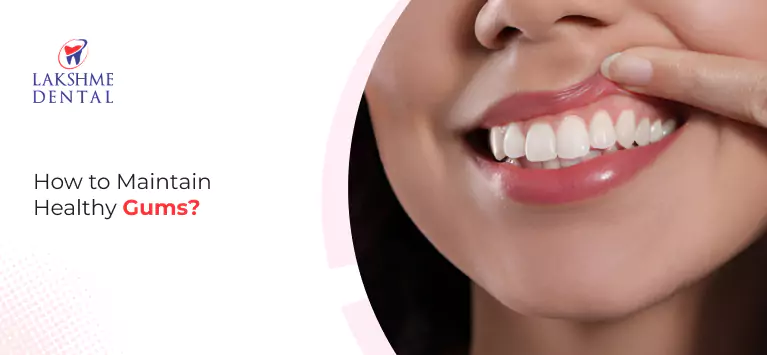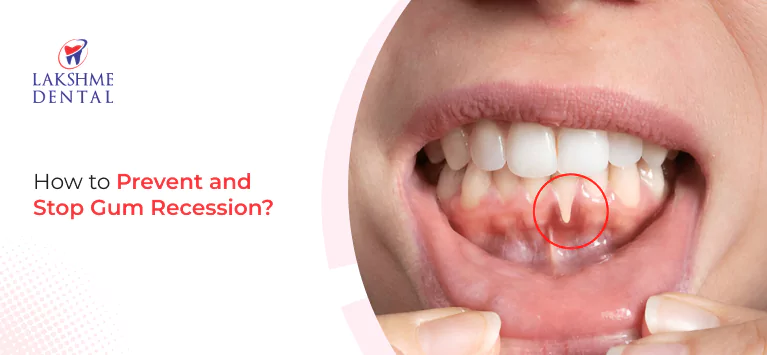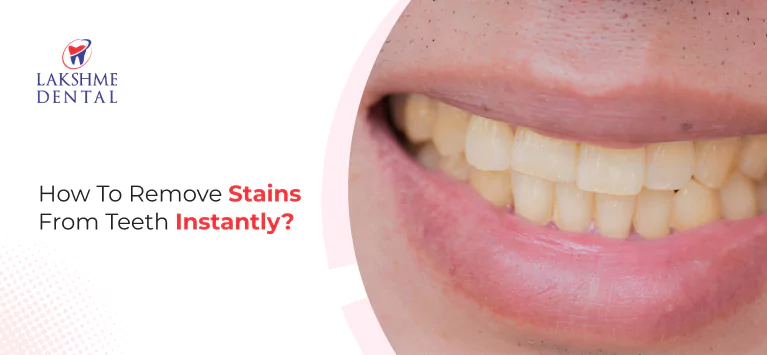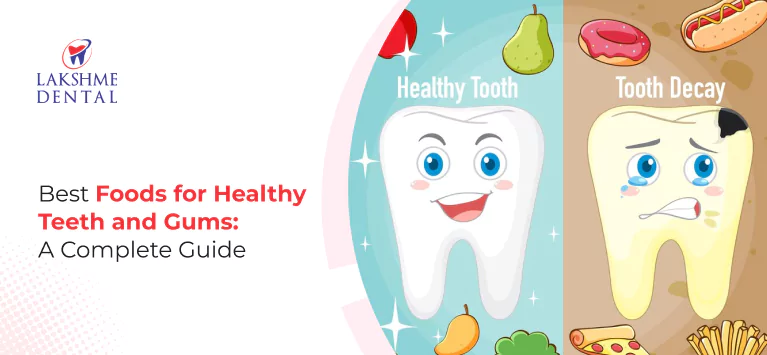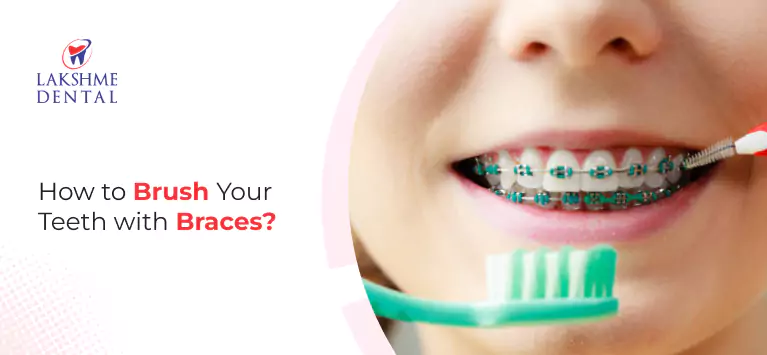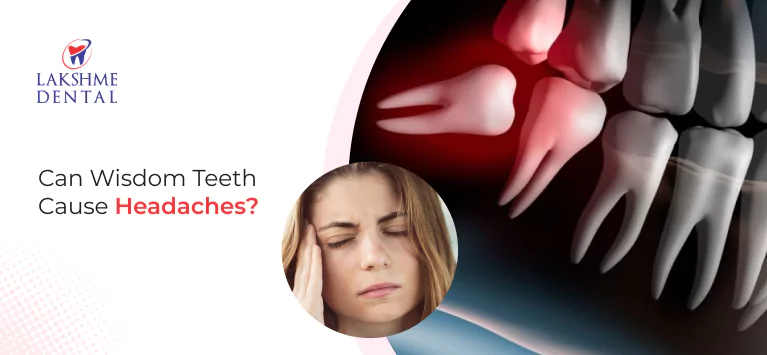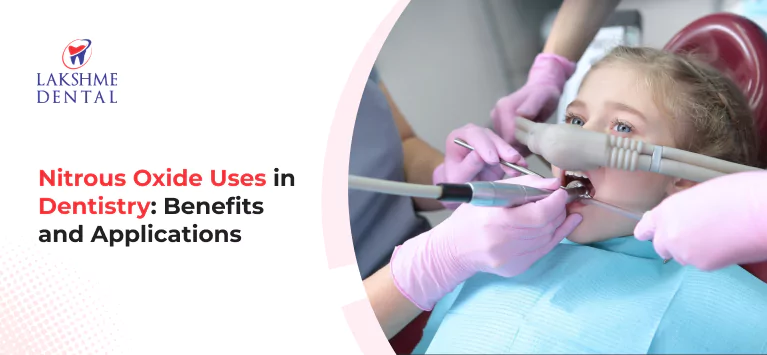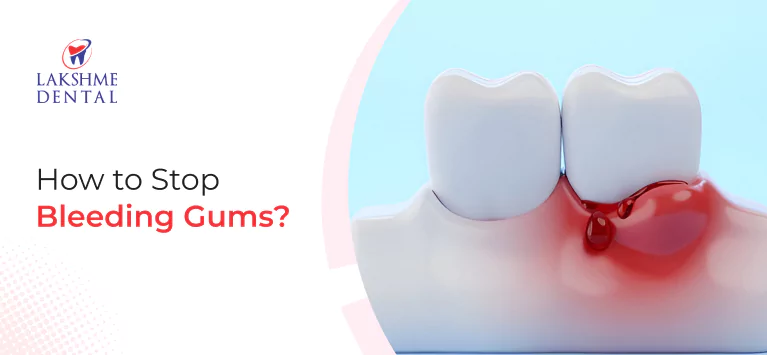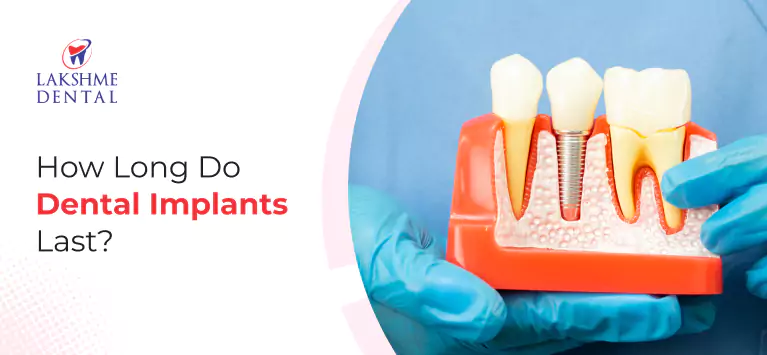Wisdom teeth removal is a common surgical procedure to extract the third molars, which usually emerge between the ages of 17 and 25. Many people experience pain, swelling, or infection due to impacted wisdom teeth, where the tooth doesn’t fully erupt. Overcrowding and misalignment of teeth can also result. The procedure typically involves local anesthesia, and recovery includes managing swelling and discomfort. Post-surgery care includes rest, soft foods, and avoiding smoking. While not always necessary, removing wisdom teeth can prevent future complications, such as infections, gum disease, and damage to neighboring teeth.
When to Go for Wisdom Teeth Removal
Wisdom teeth removal is recommended when the teeth become impacted, causing pain, swelling, infection, or overcrowding in the mouth. If the wisdom teeth are growing at odd angles, remain partially erupted, or damage adjacent teeth, extraction is necessary. Dentists may also suggest removal if there’s a risk of cysts or tumors forming around the teeth. Additionally, if wisdom teeth are hard to clean and prone to decay or gum disease, removing them can prevent long-term oral health issues. Timely removal often helps avoid more serious complications later in life.
Wisdom Teeth Removal and Braces
Wisdom teeth removal may be necessary before or during orthodontic treatment with braces to ensure optimal alignment. If the wisdom teeth are impacted or crowding other teeth, they can shift your bite, causing misalignment and affecting the results of orthodontic work. Removing them before braces can prevent this and ensure there’s enough space for proper tooth movement. In some cases, orthodontists recommend waiting until after braces treatment, depending on the patient’s unique dental structure. Consulting a dentist or orthodontist helps determine the best timing for extraction in relation to braces.



